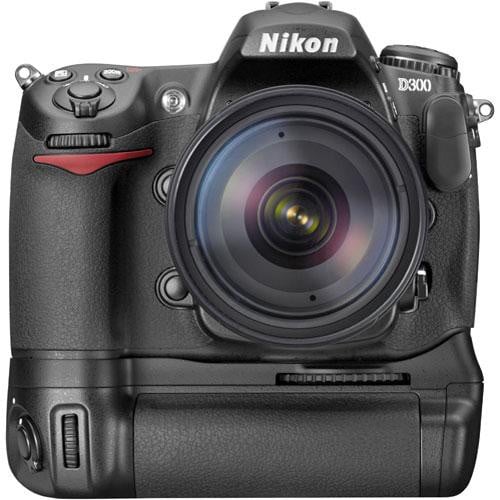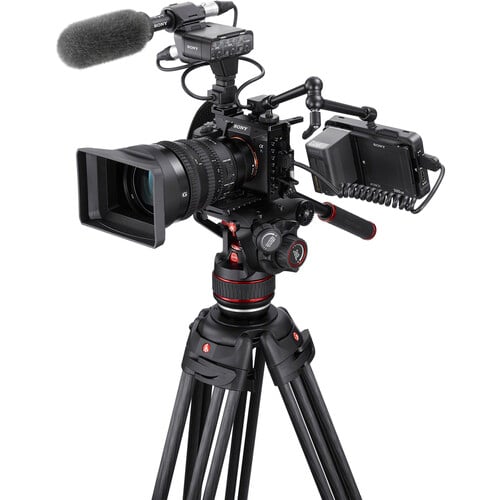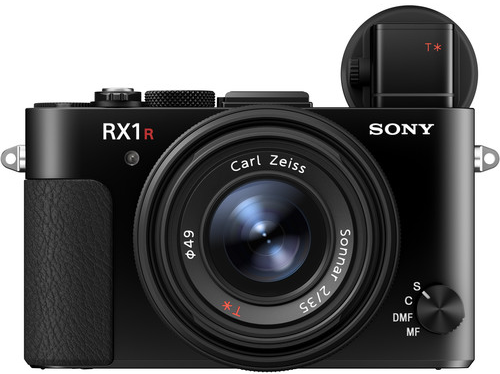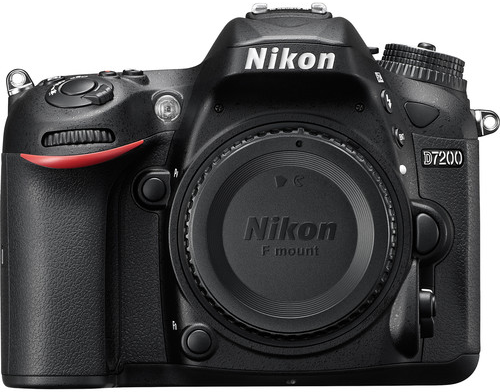Abstract Photography Techniques
- These Breathtaking Drone Photos Turn Landscapes Into Abstract Masterpieces
- 3 Tips for Creating Abstract Landscape Photos

photo by Marcus Lindstrom via iStock
Abstract Photography
Taking a picture of a Jackson Pollock painting is a photograph of abstract art. Taking that picture while rotating the camera during exposure and then solarizing it in post-processing is an abstract art photograph. How’s that for Abstract Photography 101?
Abstract photography techniques are varied and plentiful; this abstract photography tutorial will help you find your niche or at least give you some ideas for your own abstract photography.
Abstract Art
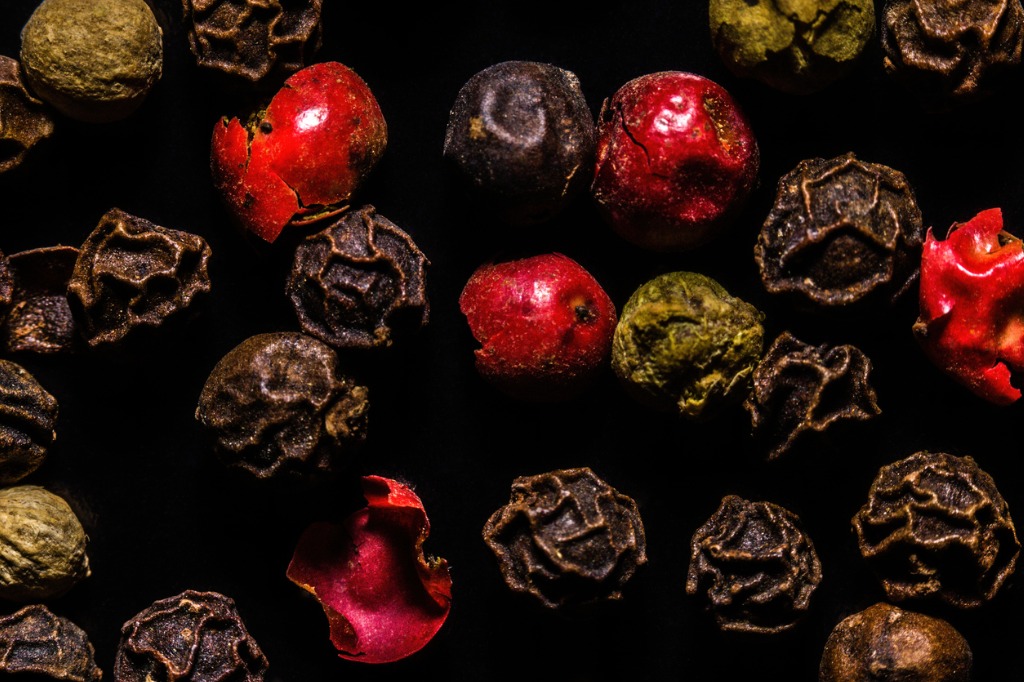
photo by ClusterX via iStock
What is abstract photography? What makes an image abstract photography? Pretty much the same things that make any form of art abstract. Abstract art is usually defined as art that does not attempt to accurately represent the world, but rather uses shapes, colors, design, and form to make its statement.
Due to the nature of photography itself, abstract photography ideas will likely begin with a more natural look than some other art media, but the sky's the limit as for how far to go with it. Some abstract photography tips and techniques are made in the camera, others in post-processing, some in both.
Sabattier Effect
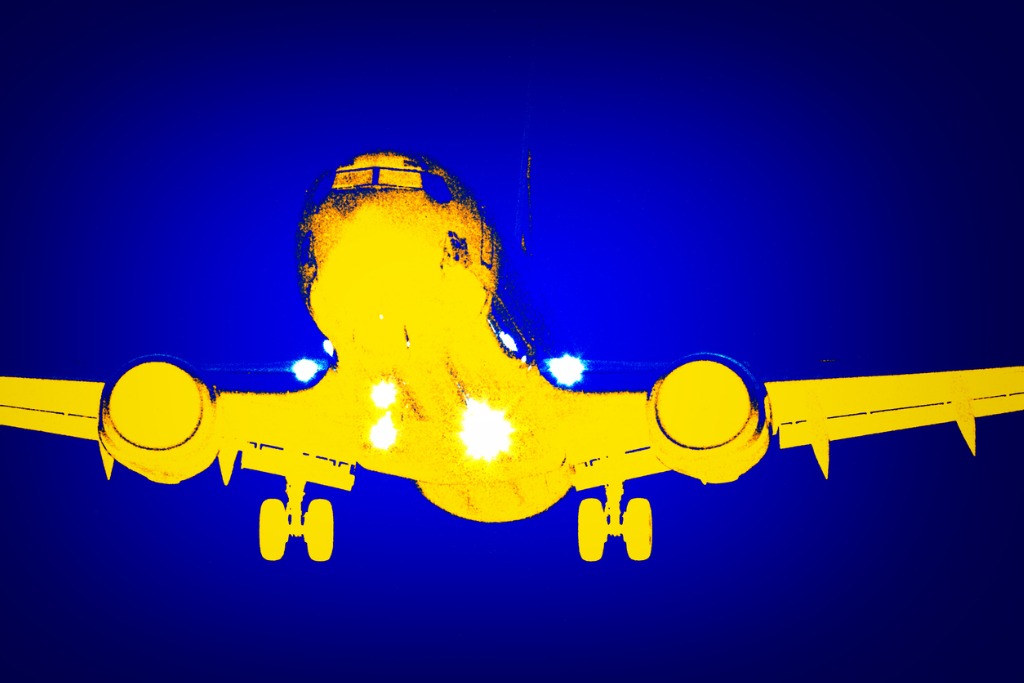
photo by mollypix via iStock
Also known as pseudo-solarization, this abstract photography technique results in tones being either fully or partially reversed in the final image. It began as a film and paper darkroom technique and has been adapted into digital photography by using post-processing computer programs.
It is “pseudo” in that actual solarization referred to an effect in photographic film caused by extreme overexposure and was dependent on how sunlight caused the physical properties of film or coated metal or glass plates to act. The darkroom and post-processing program effects mimic the effect and are controllable.
In a darkroom using film or paper, you expose and develop but don’t fix the material. Then you re-expose it with uniform light and redevelop, fixing it this time. In a program for a digital image, access the special effects menu and choose solarization or Sabattier. You may have adjustments for chrominance and luminance, and the degree of the effect.
Learn More:
Pattern Overlay
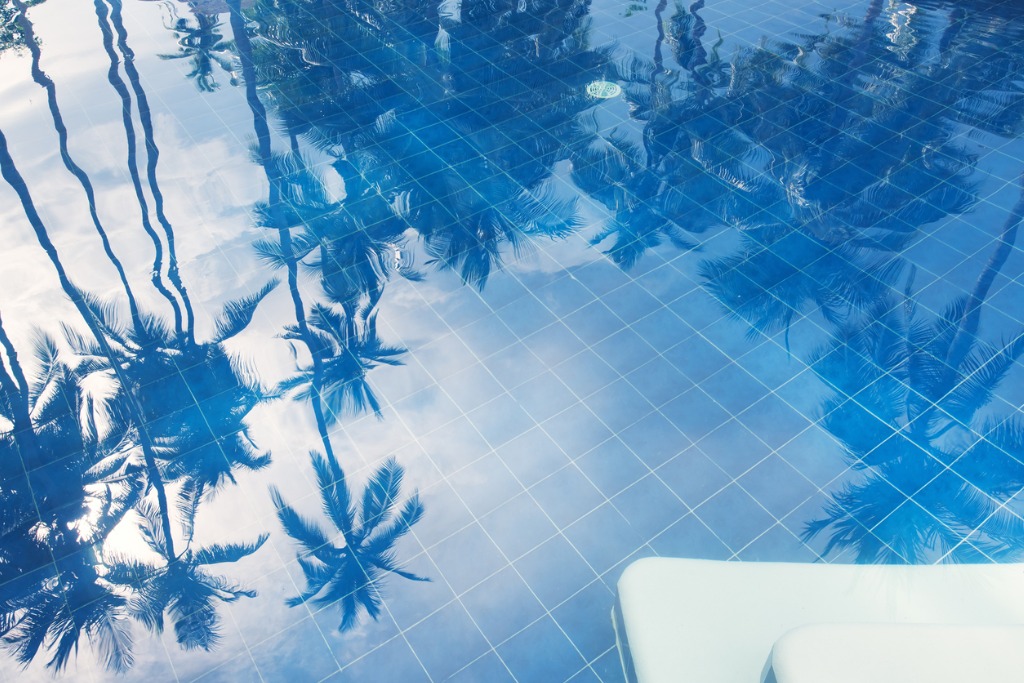
photo by LiuNian via iStock
Multiple abstract photography techniques, at least three, can be used for this style. Projected light or shadow, shooting through something, or adding it during post-processing.
Shooting through a specialty filter or some other material can yield a wide variety of effects. Wax paper, cellophane, bubble wrap, shower door plastic, fishnet stockings, a crocheted hat, and just about anything you can imagine that lets through any light can be used. A kaleidoscope filter or a filter with one or more prisms can also be used.
Window blinds can cast a pattern a light and dark on a subject, you can put a grid on a photo flood light, or simply add anything in between an intense light source and the subject to create a pattern. You can adjust it by varying the intensity, color, and quality (hard or soft) of the light.
Post-processing programs may have patterns available such as pebbles, grain, water drops, prisms, and so on. Depending on the program, some of the effects may have adjustments available.
Camera or Subject Motion
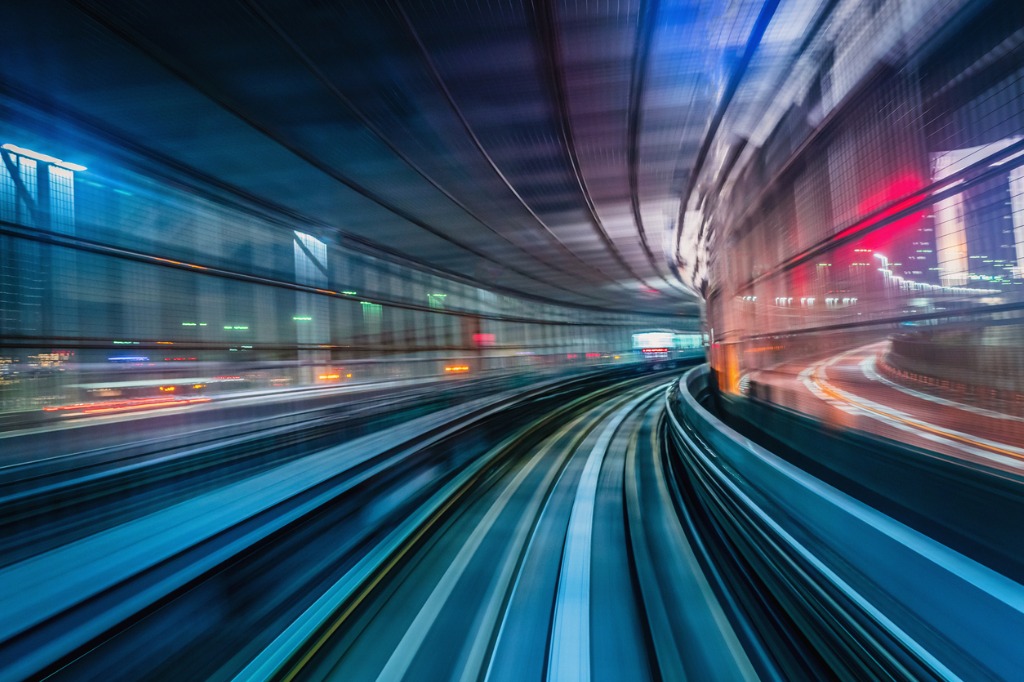
photo by Mlenny via iStock
Blur due to motion is one of the interesting abstract photography techniques that is primarily done in camera during the initial exposure but might also be artificially done with a program.
Camera motion is probably one of the easiest abstract photography ideas to accomplish. Choose a slow enough shutter speed and move the camera during exposure. You can move side to side, up and down, diagonally, or twist the camera along the lens center axis.
Subject motion is also as simple as it sounds. Just have a slow enough shutter speed to make the subject blur during the exposure.
Isolate Subject Elements
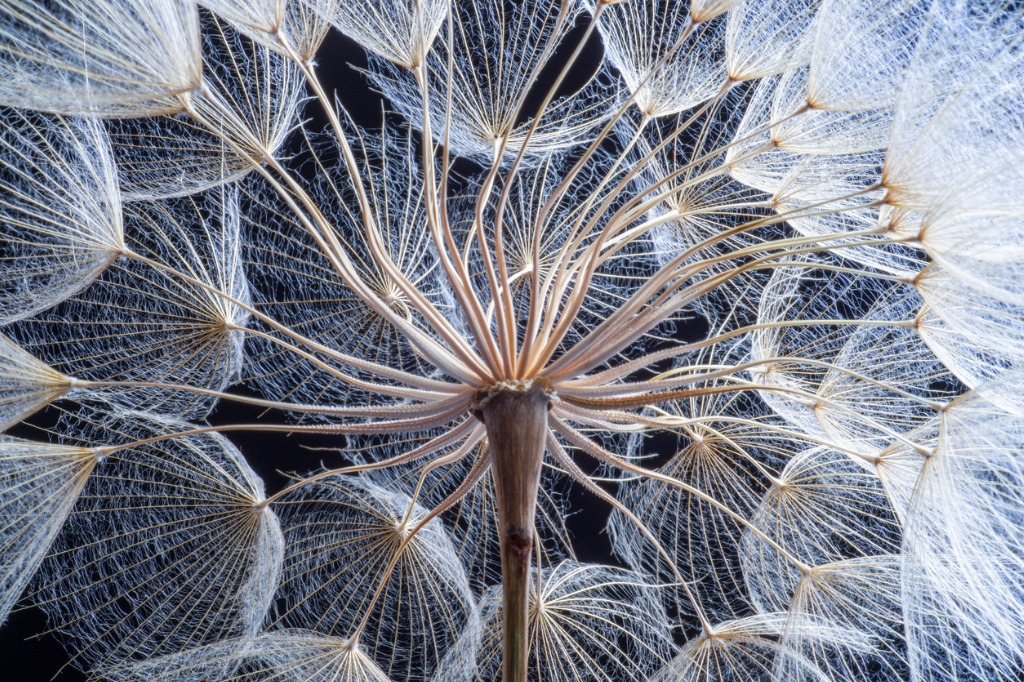
photo by ihsanyildizli via iStock
One of the most effective abstract photography techniques is to get close to, zoom in on, or selectively focus on an aspect of the subject to cause an initial cognitive disconnect for the viewer. You may also accomplish this by photographing from an unexpected vantage point.
Zooming in on seafoam, a pile of wood, the wake from a duck swimming, or someone’s hair can look abstract. So could pointing the camera up to shoot sky through a copse of trees or tall buildings.
Selective focus on something unexpected can also look abstract, such as if you focus on the chain link fence instead of the house behind it.
Other Abstract Photography Techniques
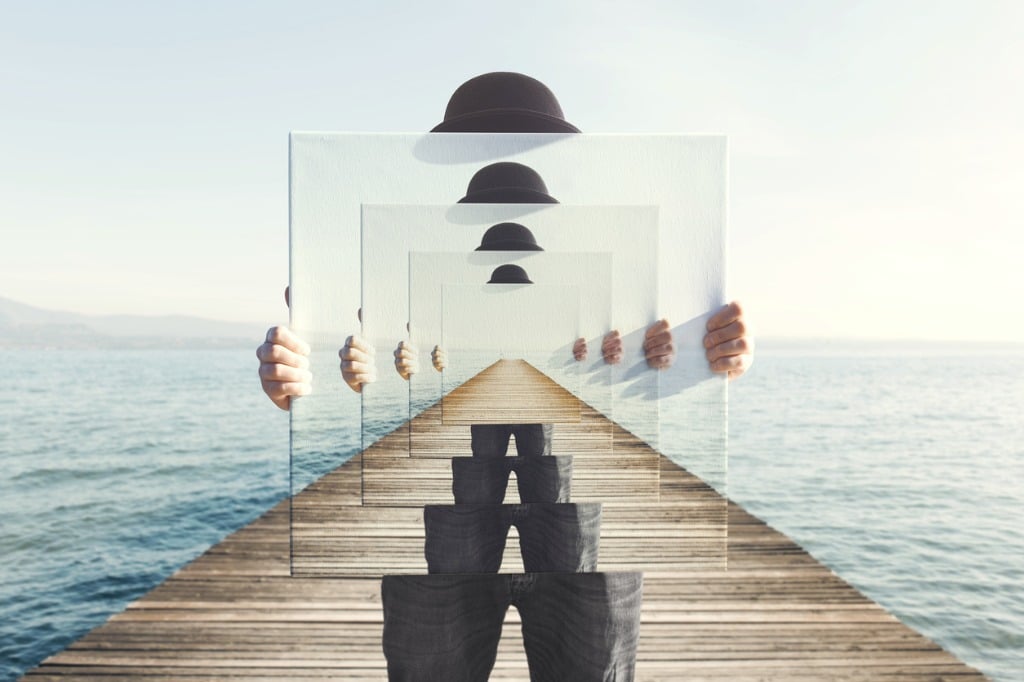
photo by francescoch via iStock
Once you start thinking about how to alter the image, before, during, or after the exposure, you will be able to come up with all sorts of abstract photography ideas. Start experimenting and let us see your results.
The most important aspect of abstract photography is that it’s a non-standard representation of the subject matter. Fisheye lenses, ultra telephotos, multiple exposure, reflections, and HDR photography can also be used for lesser or greater effect. Whatever your creative mind envisions, you can probably find a camera, lens, or processing technique to make the image you want.
Learn More:

